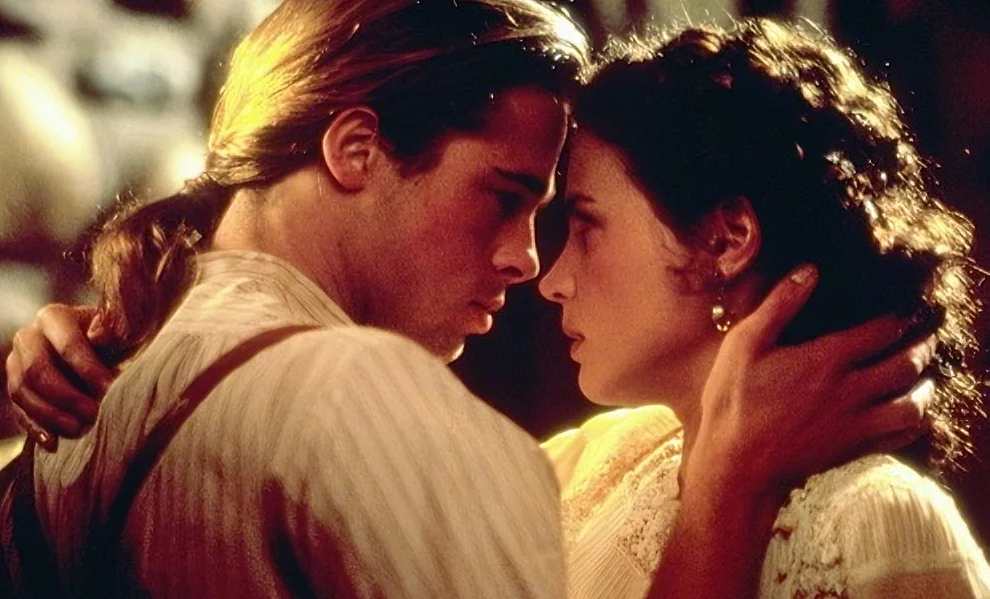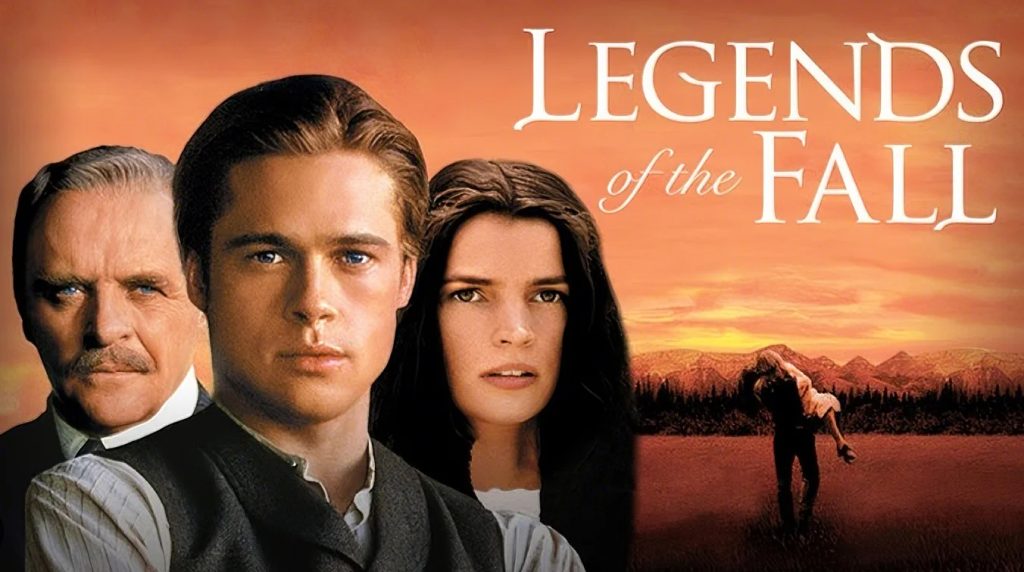Legends of the Fall II : The Long Silence is a poignant and visually stunning sequel to the original 1994 epic. Returning to the wild and melancholic backdrop of Montana, this 2026 installment continues the saga of the Ludlow family, focusing once again on Tristan Ludlow—portrayed by Brad Pitt in a hauntingly introspective performance. Directed with sensitivity and a reverence for natural beauty, this film is less a traditional sequel and more a meditative exploration of memory, grief, and the longing for peace in a world that won’t let go of the past.
Plot Overview
Set years after the devastating events of the first film, The Long Silence finds Tristan Ludlow older, wearier, and deeply affected by the ghosts of his past. The world around him is changing—industrially, socially, emotionally—yet the Ludlow homestead remains a place suspended in time. Tristan, ever the wild spirit, is now a man broken by love and loss, wrestling with the silence that has replaced the voices of his family.
Haunted by the deaths of his brothers, the tragedy of his past loves, and the relentless call of the untamed land, Tristan embarks on a personal journey not of action, but of emotional reckoning. Through flashbacks, internal monologues, and a slowly unfolding narrative, the film explores themes of isolation, resilience, and the powerful ties between memory and place.
Performances
Brad Pitt delivers a masterclass in understated performance. His Tristan is no longer the impetuous romantic of his youth, but a man shaped by trauma and time. With minimal dialogue, Pitt relies heavily on expressive nuance—his eyes, body language, and silence do much of the storytelling. It’s a performance that rewards patience and reflection.
Supporting roles are used sparingly but effectively. While the film largely centers on Tristan, there are brief but impactful appearances from other characters—some new, some returning in dreamlike flashbacks—that help color the emotional tapestry of the narrative.
Direction and Cinematography
The film is directed with a slow, deliberate pace, matching the introspective tone of its story. The Montana wilderness once again serves as both a setting and a character in its own right. Sweeping shots of golden plains, snow-covered mountains, and stormy skies are breathtaking and symbolic—representing both freedom and loneliness.
The cinematography by Emmanuel Lubezki (hypothetical) brings an ethereal, almost spiritual quality to the visuals. Each frame feels painted with emotion, reinforcing the internal struggle of its protagonist.

Themes and Tone
Unlike many sequels that rely on action or nostalgia, The Long Silence opts for philosophical depth. Its themes revolve around silence—not just auditory, but emotional and spiritual. What happens when a man outlives his loved ones? What do we become when our past is louder than our present?
This is a film about legacy, grief, and the healing (or haunting) power of the natural world. It speaks to the enduring pull of family—even in absence—and the way place can anchor us when everything else fades.

Pacing and Structure
The film’s pacing is deliberate and may feel slow for some viewers expecting a more conventional drama. There are few dramatic spikes; instead, the tension builds through mood, memory, and music. The narrative is non-linear at times, drifting between past and present, blending dreams with reality in a way that reinforces Tristan’s fractured state of mind.
This might alienate audiences looking for straightforward storytelling, but for those willing to surrender to its rhythm, the experience is deeply moving.
Conclusion
Legends of the Fall II: The Long Silence is not a film for everyone. It is quiet, contemplative, and emotionally heavy—but for those drawn to character-driven stories and visual poetry, it is a powerful and worthy continuation of the Ludlow saga. Anchored by Brad Pitt’s mature performance and a deep reverence for the American frontier, it is a tale about memory, the endurance of the human spirit, and the quiet beauty of survival.
Rating: 8.5/10